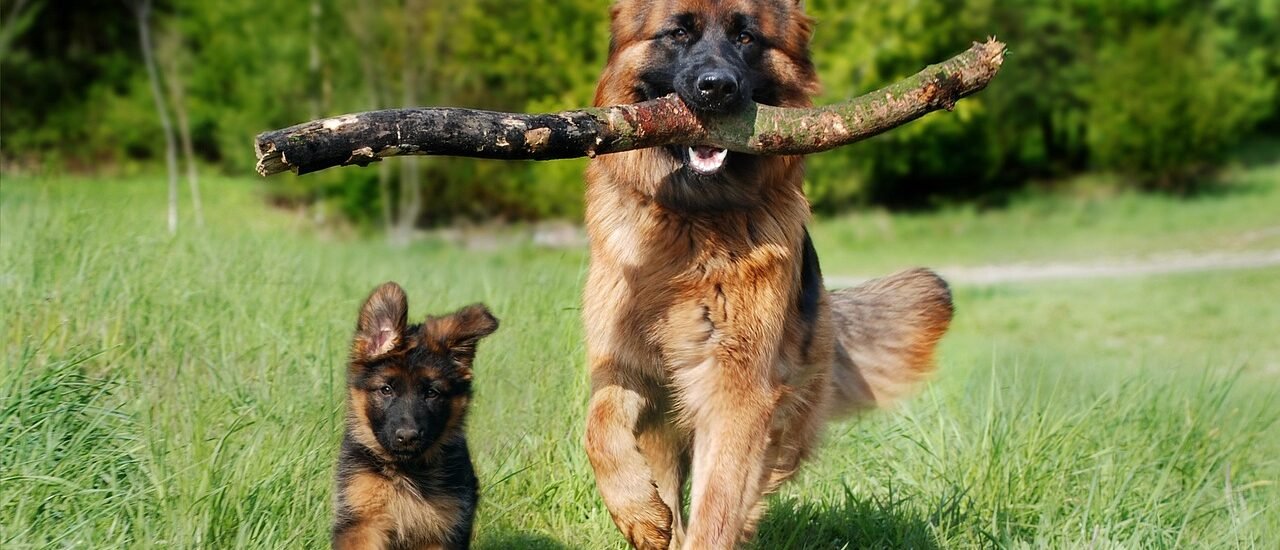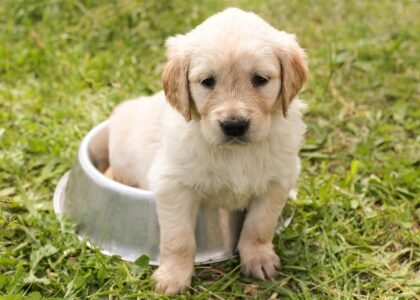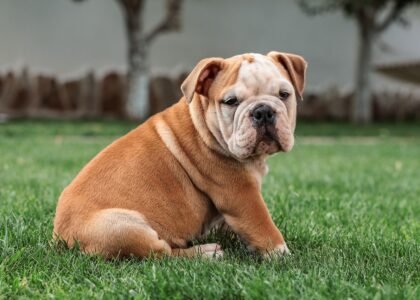Bringing a new puppy into a home with older dogs can be a delightful yet challenging experience. Proper introductions are essential to ensure a harmonious relationship between your new pup and the resident canine members. Here’s a comprehensive guide to help you navigate this process smoothly.
Preparation Before the Introduction
- Create Separate Spaces: Before bringing the puppy home, set up a separate space for the newcomer. This space should include a bed, toys, food, and water. It gives the puppy a safe haven and prevents immediate confrontations with the older dogs.
- Exercise Your Older Dogs: Ensure your older dogs get plenty of exercise before the introduction. A tired dog is generally calmer and less likely to react negatively.
- Puppy’s Health Check: Make sure your puppy is up-to-date on vaccinations and has been dewormed. This protects both the puppy and the older dogs from potential health issues.
The Introduction Process
- Neutral Territory: Choose a neutral location for the first meeting, such as a park or a friend’s yard. This prevents the older dogs from feeling territorial. Keep both the puppy and the older dogs on leashes to maintain control.
- Calm and Controlled: Approach the introduction calmly. Dogs can sense your emotions, and a relaxed demeanor helps keep them calm too. Allow the dogs to see and sniff each other from a distance initially.
- Observe Body Language: Watch for signs of stress or aggression in both the puppy and the older dogs. Positive signs include wagging tails, relaxed postures, and sniffing. Signs of discomfort or aggression include growling, stiff bodies, and raised hackles. If any dog shows signs of stress, separate them and try again later.
- Short, Positive Interactions: Keep the initial interactions short and positive. Gradually increase the time they spend together as they become more comfortable with each other. Reward calm and friendly behavior with treats and praise.
- Supervised Playtime: Once the dogs seem comfortable, allow them to interact off-leash in a secure, enclosed area. Supervise their playtime closely to ensure things remain friendly. Intervene if play becomes too rough or if any dog appears stressed.
Building a Harmonious Relationship
- Establish Routines: Dogs thrive on routines. Establish a feeding, walking, and playtime schedule that accommodates both the puppy and the older dogs. This helps create a sense of stability and reduces potential conflicts.
- Equal Attention: Make sure to give equal attention to all dogs. This prevents jealousy and ensures that your older dogs don’t feel neglected.
- Training Sessions: Conduct joint training sessions to build a positive relationship between the dogs. Training helps reinforce good behavior and strengthens their bond.
- Provide Individual Time: While it’s important for the dogs to spend time together, they also need individual attention. Spend one-on-one time with each dog to cater to their specific needs and strengthen your bond with them.
- Monitor Resources: Initially, feed the dogs separately to prevent resource guarding. Gradually work towards having them eat in the same space once they are comfortable with each other. Ensure there are enough toys and beds to avoid competition.
Signs of Successful Integration
- Relaxed Interactions: The dogs interact without signs of stress or aggression. They play, rest, and explore together comfortably.
- Shared Space: The dogs willingly share their living space, including beds and toys, without issues.
- Mutual Grooming: Dogs often groom each other as a sign of affection and bonding.
Final Thoughts
Introducing a puppy to older dogs requires patience, careful planning, and close supervision. By taking things slowly and ensuring positive experiences, you can foster a harmonious relationship between your new puppy and your older dogs. Remember, every dog is unique, so be flexible and adjust your approach based on their reactions and needs. With time and effort, your furry family will be happily living together.




